This year marks 13 years since the Boeing 787 ‘Dreamliner’ family first took to the skies with Japanese carrier All Nippon Airways (ANA). Known for its fuel efficiency and operational reliability in the long-haul market, the Dreamliner achieves these feats without the use of winglets. But why it doesn’t have winglets?
The Role of Winglets
Winglets are designed to enhance aircraft performance by minimizing the effects of wingtip vortices, reducing lift-induced drag, and improving takeoff and climb performance. They also contribute to fuel efficiency, making them a valuable addition in an industry driven by cost efficiency and environmental concerns. Various winglet designs, including Boeing’s advanced split winglets, share the common goal of reducing drag and fuel consumption by minimizing the impact of wingtip vortices.
Join us on TELEGRAM for the Latest Aviation Updates fresh to your phone.
The 787’s Unique Approach

Despite these benefits, Boeing chose a different path for the 787. Instead of traditional winglets, the 787 is equipped with raked wingtips. These triangular-shaped wingtips, with a greater sweep angle than the rest of the wing, offer a similar reduction in wingtip vortices without the added weight of extra components.
Research by Boeing and NASA demonstrated that raked wingtips provide a greater drag reduction (5.5%) compared to traditional winglets (3.5-4.5%). This design choice contributes significantly to the 787’s fuel efficiency without compromising its performance.
Boeing 787 Specifications

- Passenger Capacity: Approximately 210-248 (two-class configuration)
- Length: 186 feet (57 meters)
- Wingspan: 197 feet (60 meters)
- Height: 56 feet (17 meters)
- Airframe: Carbon Fiber Reinforced Polymer (CFRP) composites, titanium, aluminum, and other metal alloys
- Maximum Takeoff Weight (MTOW): 502,500 lbs (227,930 kg)
- Operational Range: 7,305 NM (13,530 kilometers)
- Cruise Speed: Mach 0.85 (488 knots, 903 km/h)
- Engines: General Electric GEnx or Rolls-Royce Trent 1000
- Thrust per Engine: 53,000 lbf – 75,000 lbf of takeoff thrust
- Fuel Efficiency: Approximately 20% more fuel-efficient than similar-sized aircraft
The 787-3’s Winglets
An exception within the 787 family was the short-lived 787-3 variant, designed for the Japanese domestic market. This model would have featured blended winglets to reduce its wingspan to 51.7 meters, allowing it to use smaller gates at regional airports. However, the 787-3 was never produced as prospective customers JAL and ANA shifted their orders to the 787-8, leading to the 787-3’s cancellation.
Similar Technology in the 777

Join us on TELEGRAM for the Latest Aviation Updates fresh to your phone.
The Boeing 787 is not alone in its winglet-free design. The Boeing 777 family, another popular twin-engine widebody, also utilizes raked wingtips. For the 777, winglets would have caused its wingspan to exceed the 65-meter limit set by ICAO’s aerodrome code E. The newer Boeing 777X series addresses this by featuring folding wingtips, allowing it to adhere to these spatial restrictions while maintaining aerodynamic efficiency.
In summary, the Boeing 787 Dreamliner’s design, including its raked wingtips, represents a strategic approach to maximizing fuel efficiency and performance without the need for traditional winglets.
Sources:
- Simple Flying
- Featured image by Jeffry Surianto | Pexels
You might also like:
- Airlines And The Novel Corona virus.
- How Is the Flight Attendant Uniform Developed
- The 747 that carried America’s space dreams
- Farnborough International Airshow 2024: A Comprehensive Summary of Key Deals and Announcements
- Atlas Air Boeing 747 Makes an Emergency Landing Due to Engine Fire
Discover more from Aviation for Aviators
Subscribe to get the latest posts sent to your email.

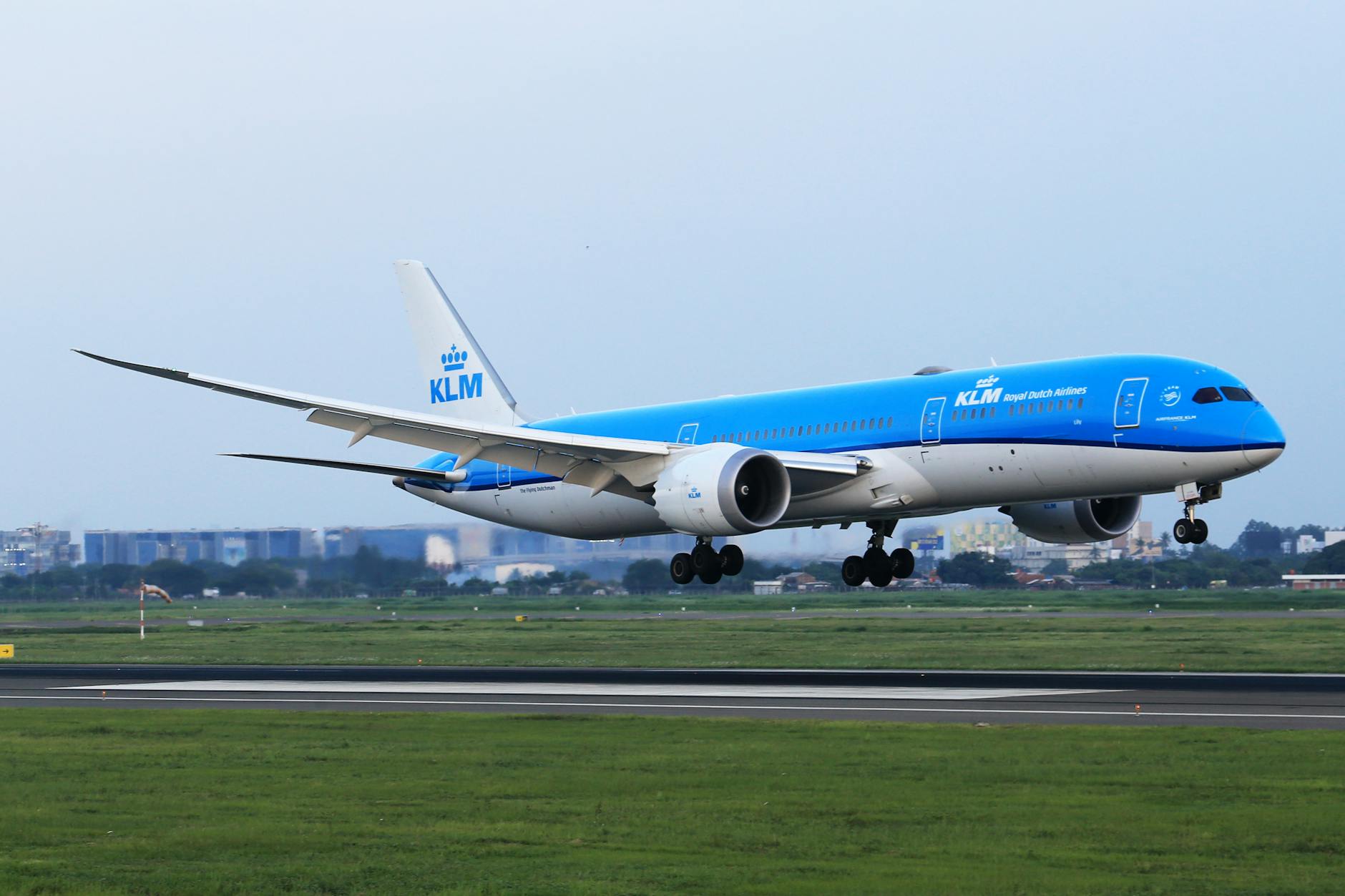
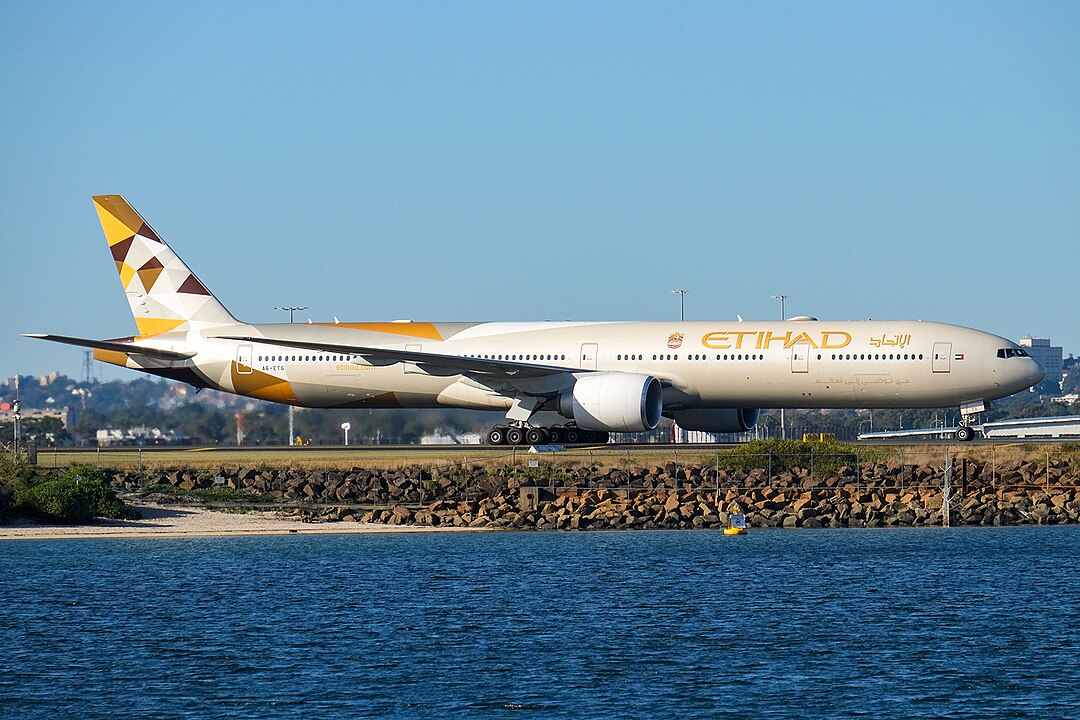
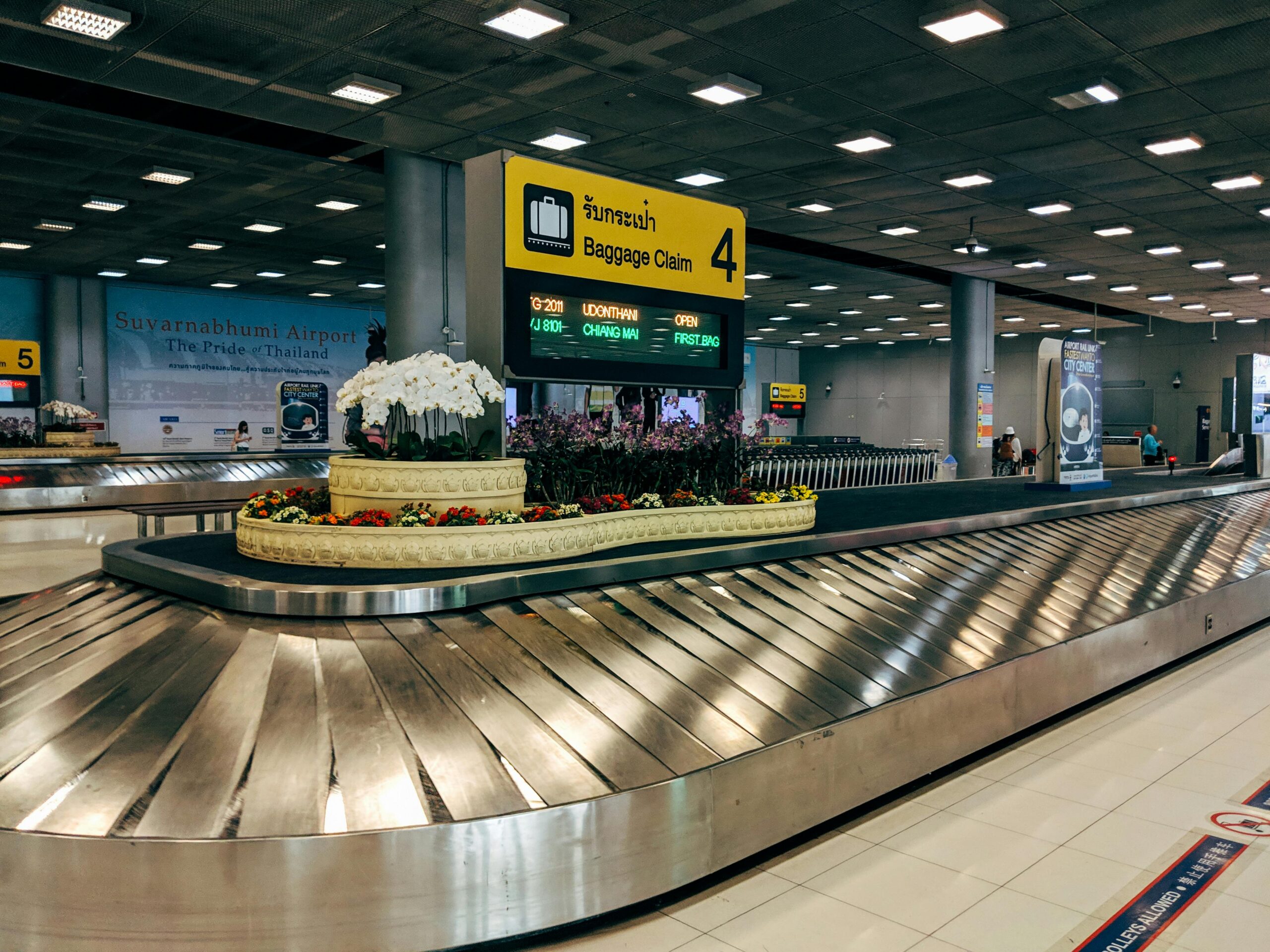

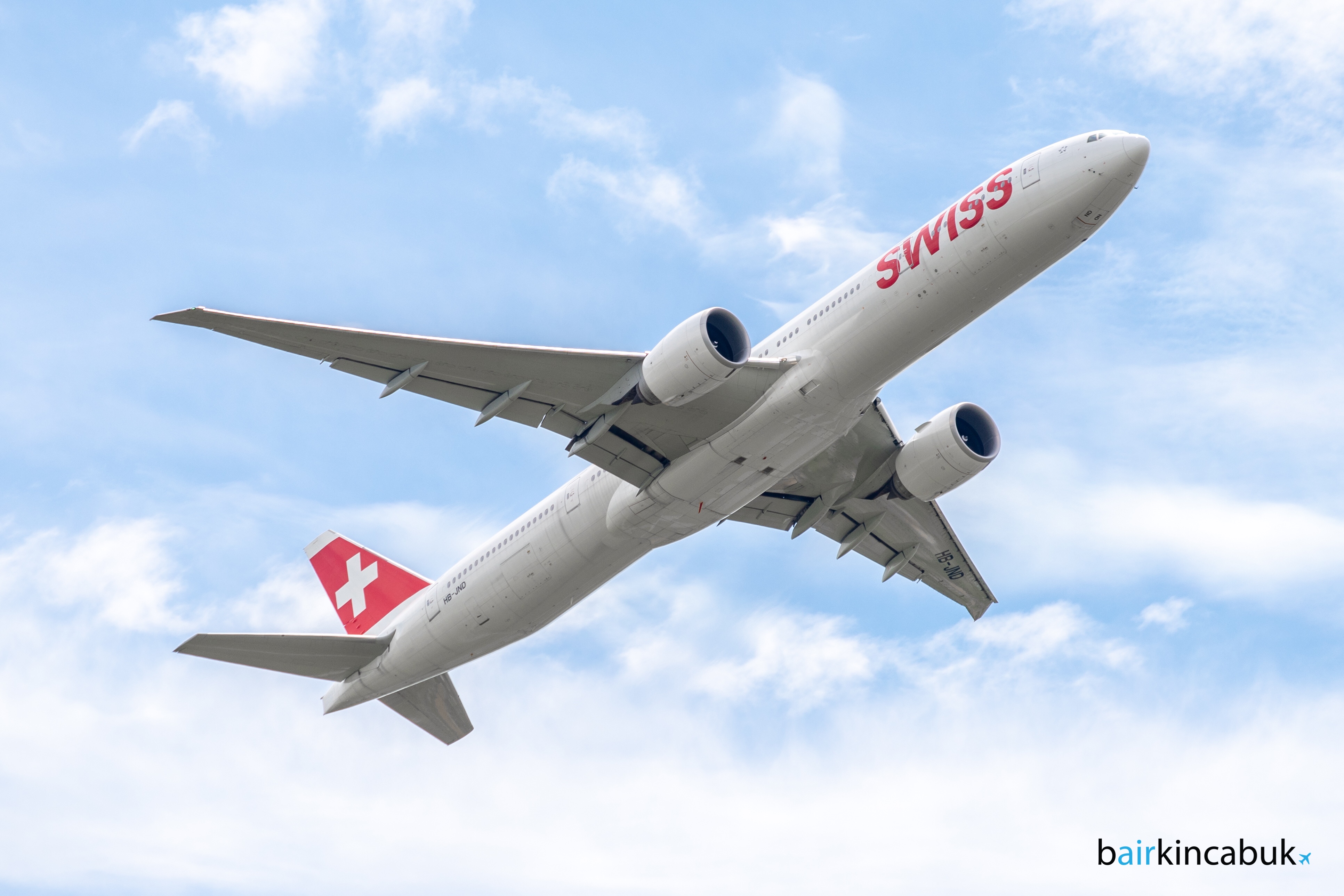

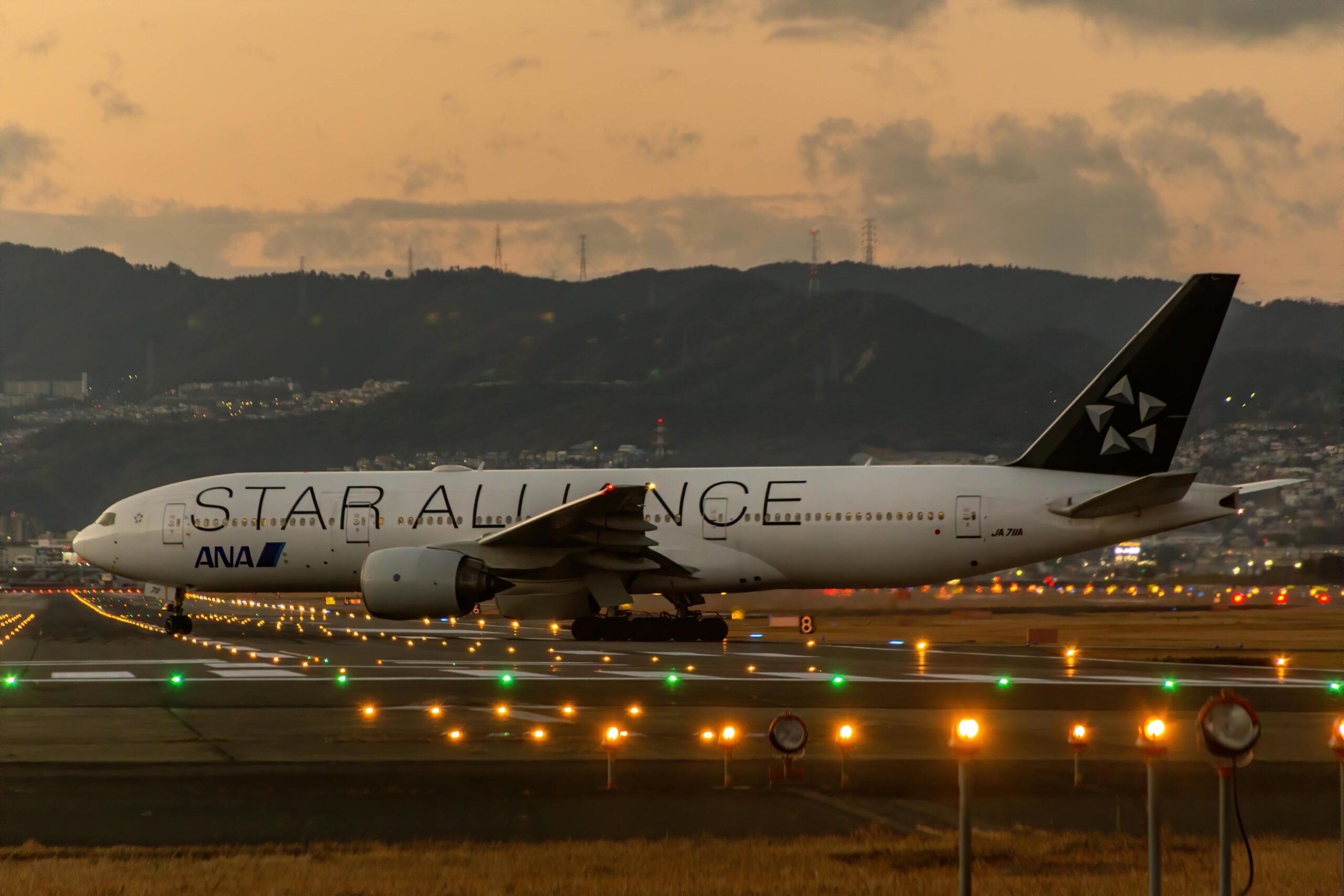

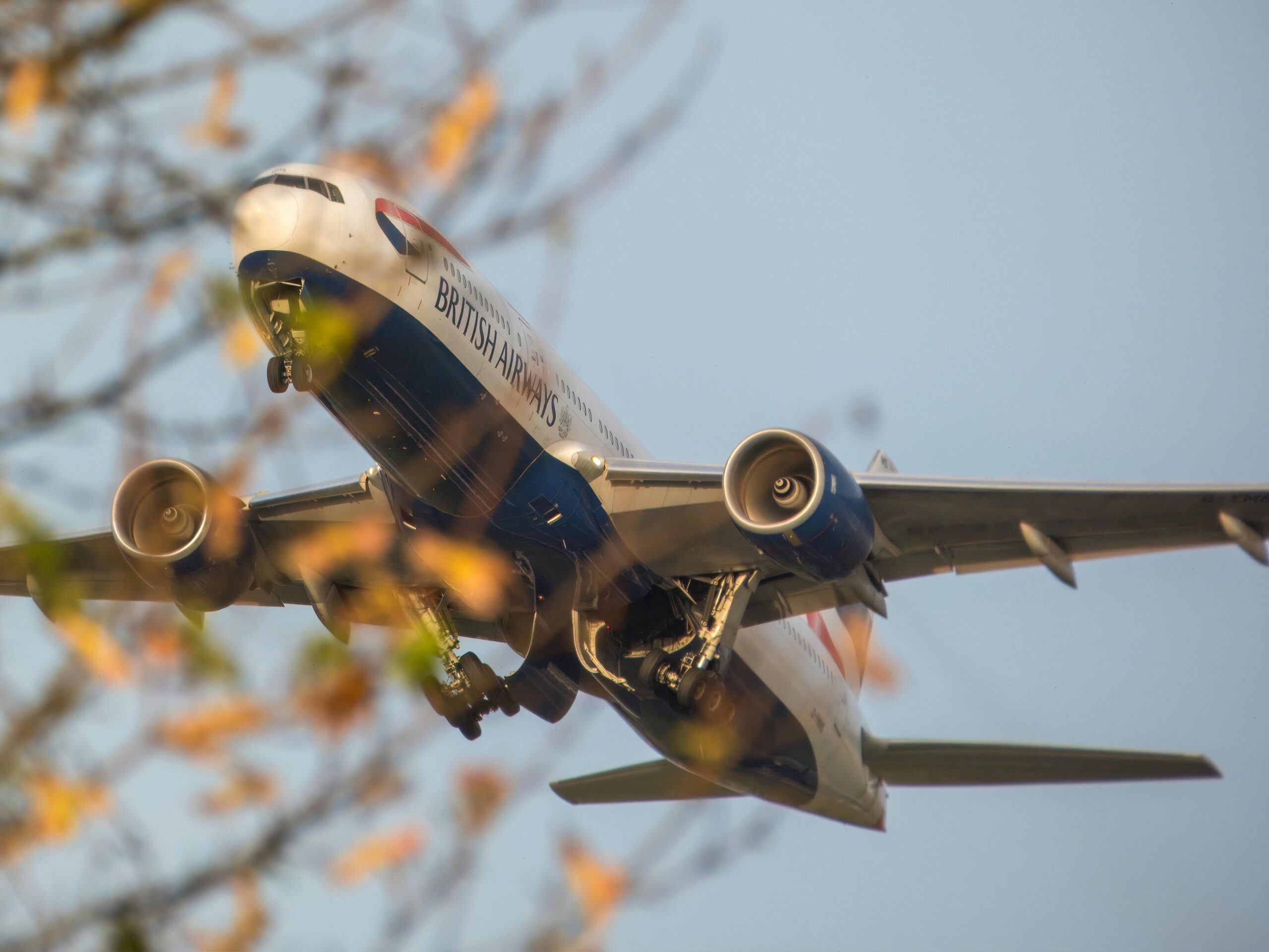




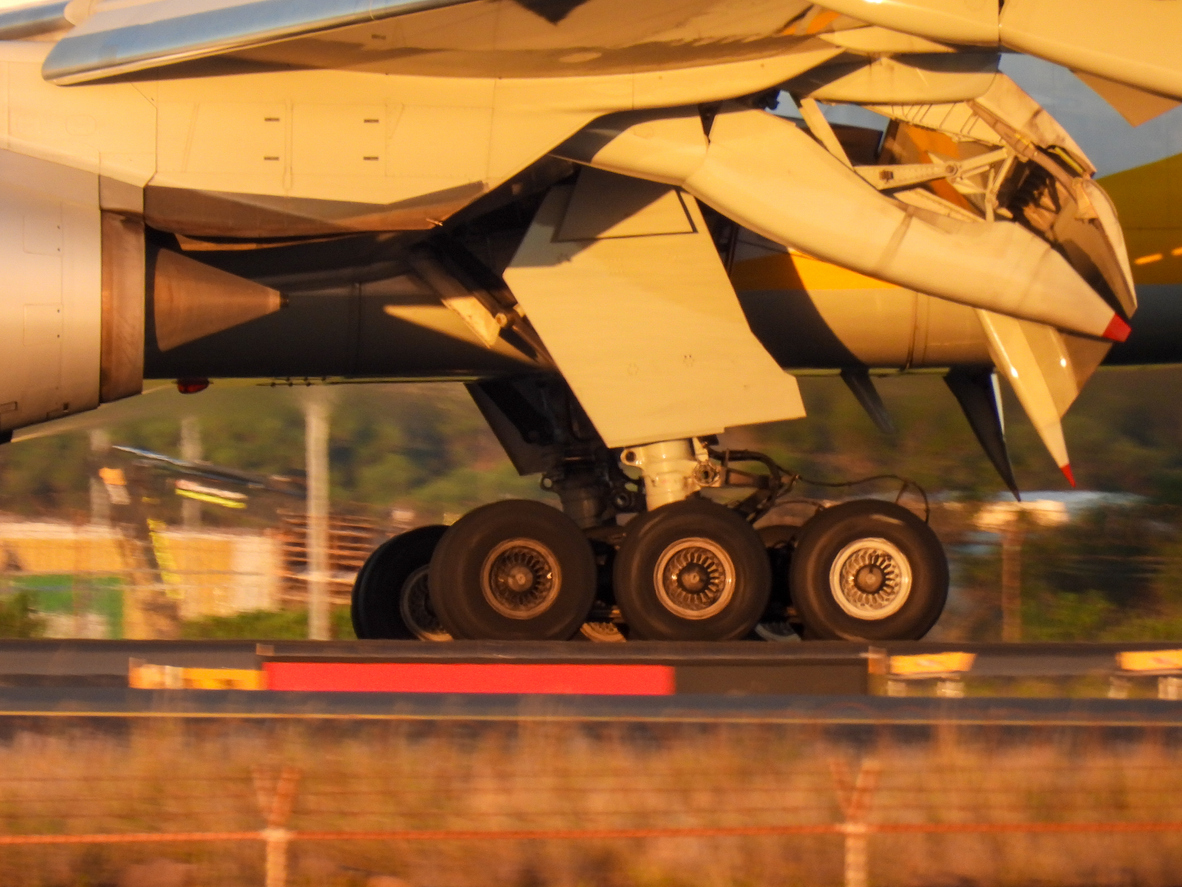
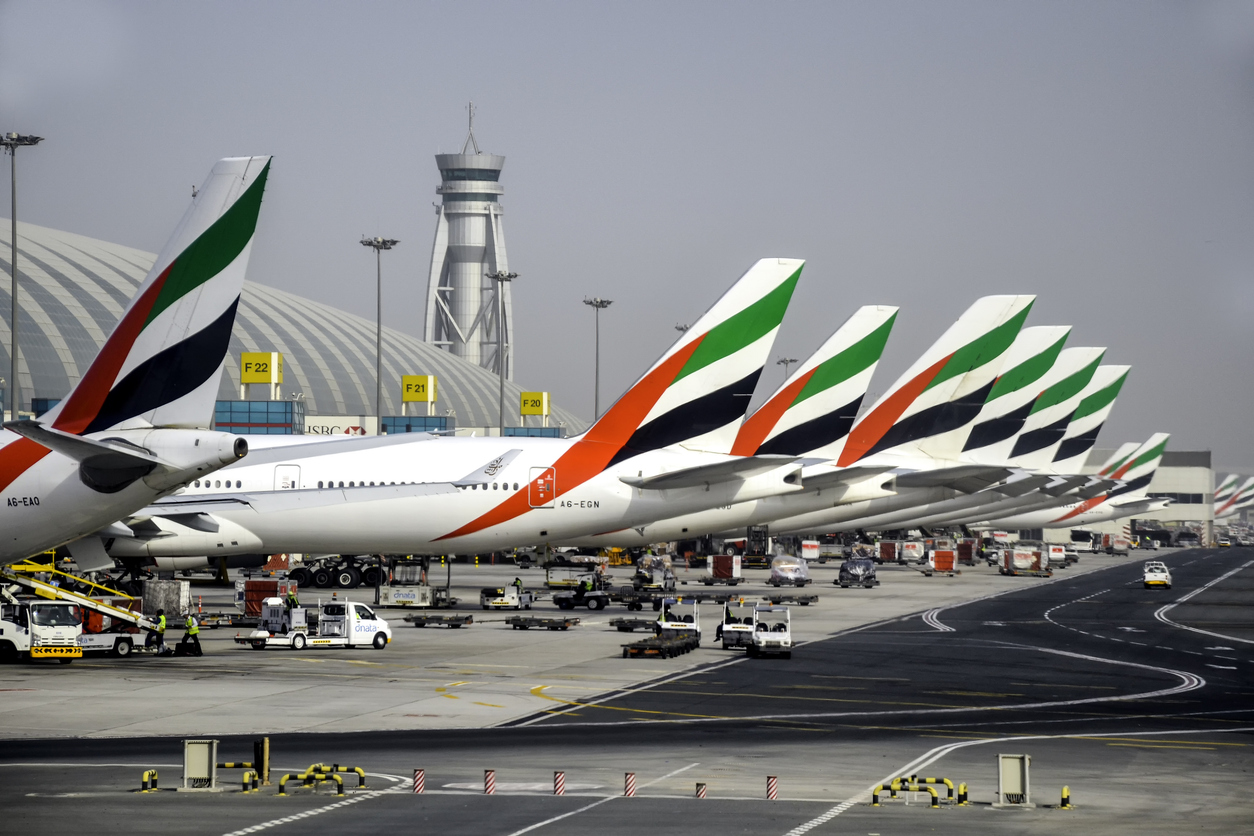
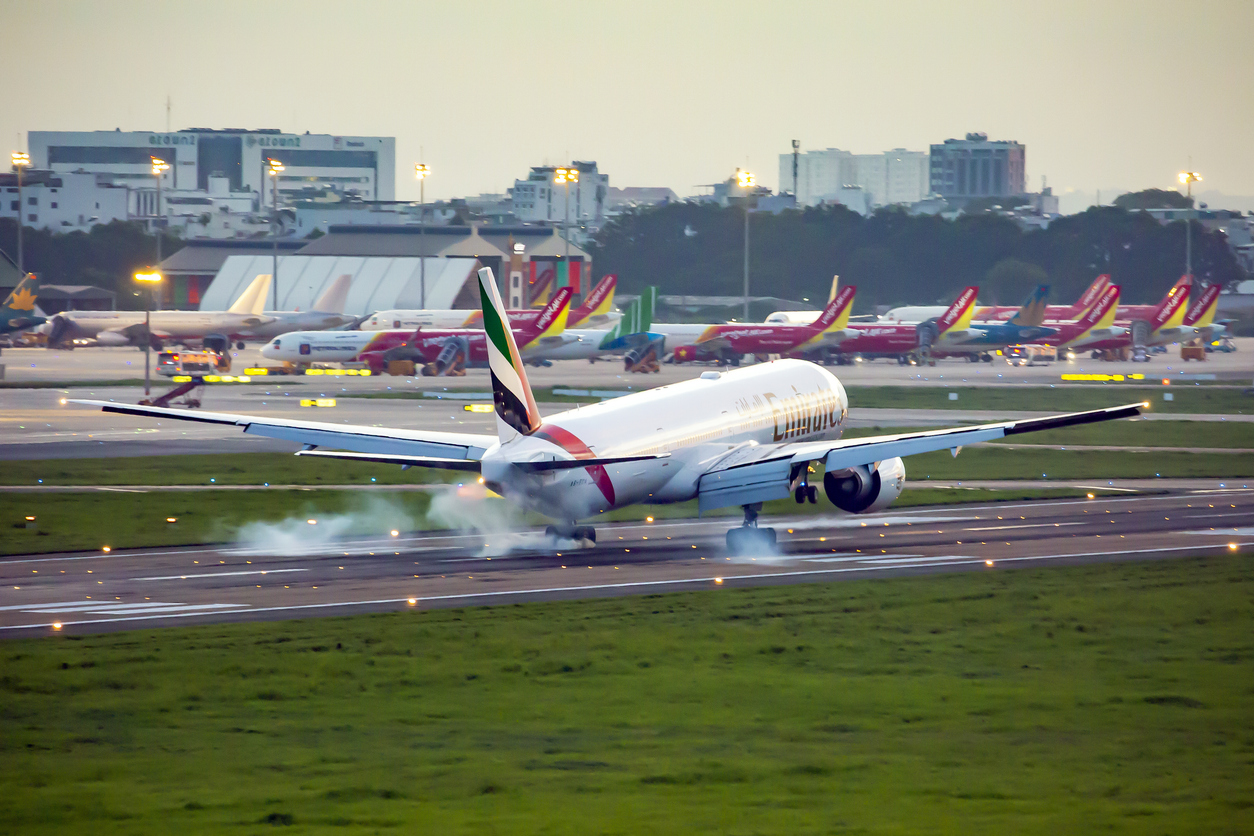

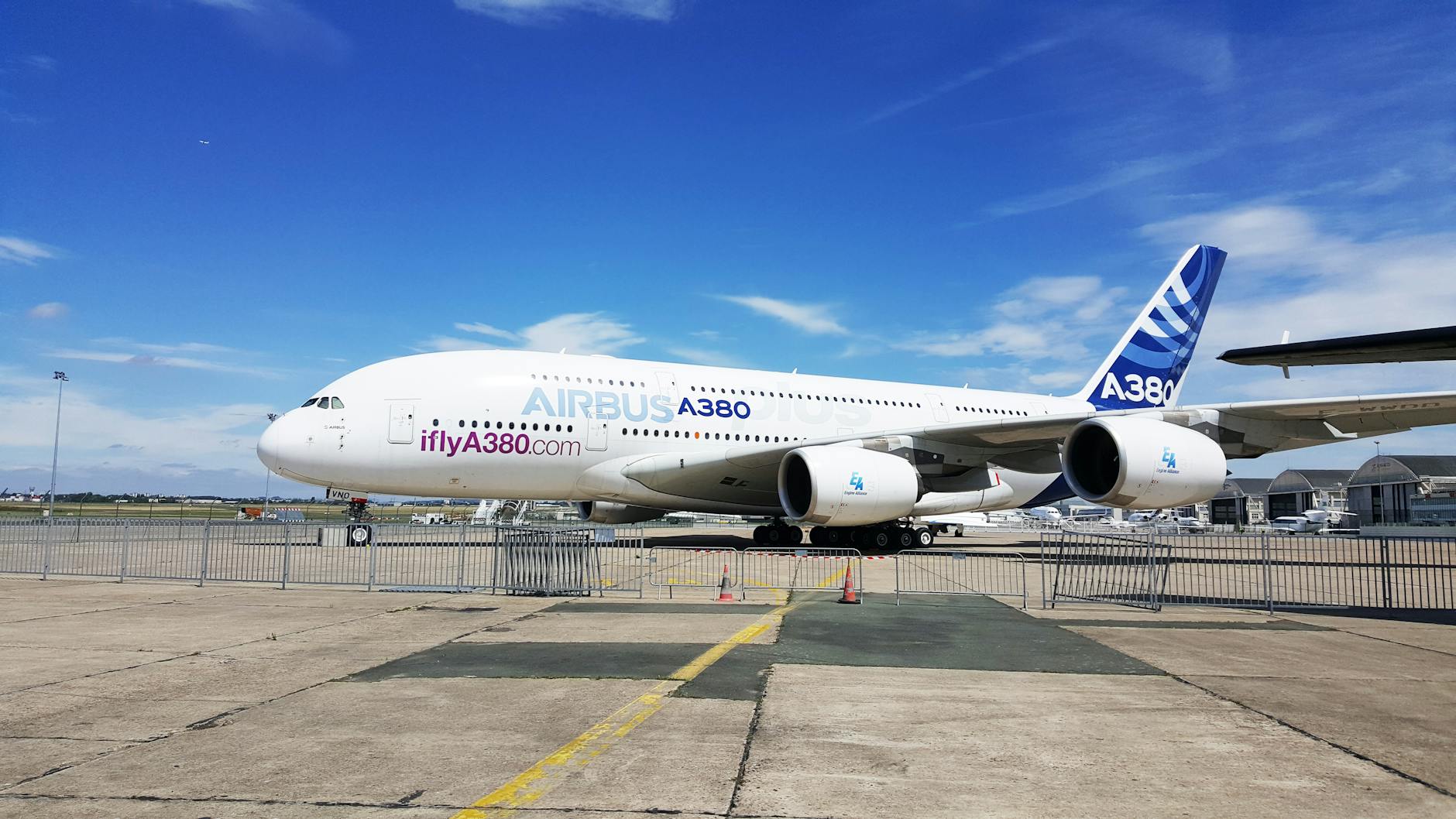
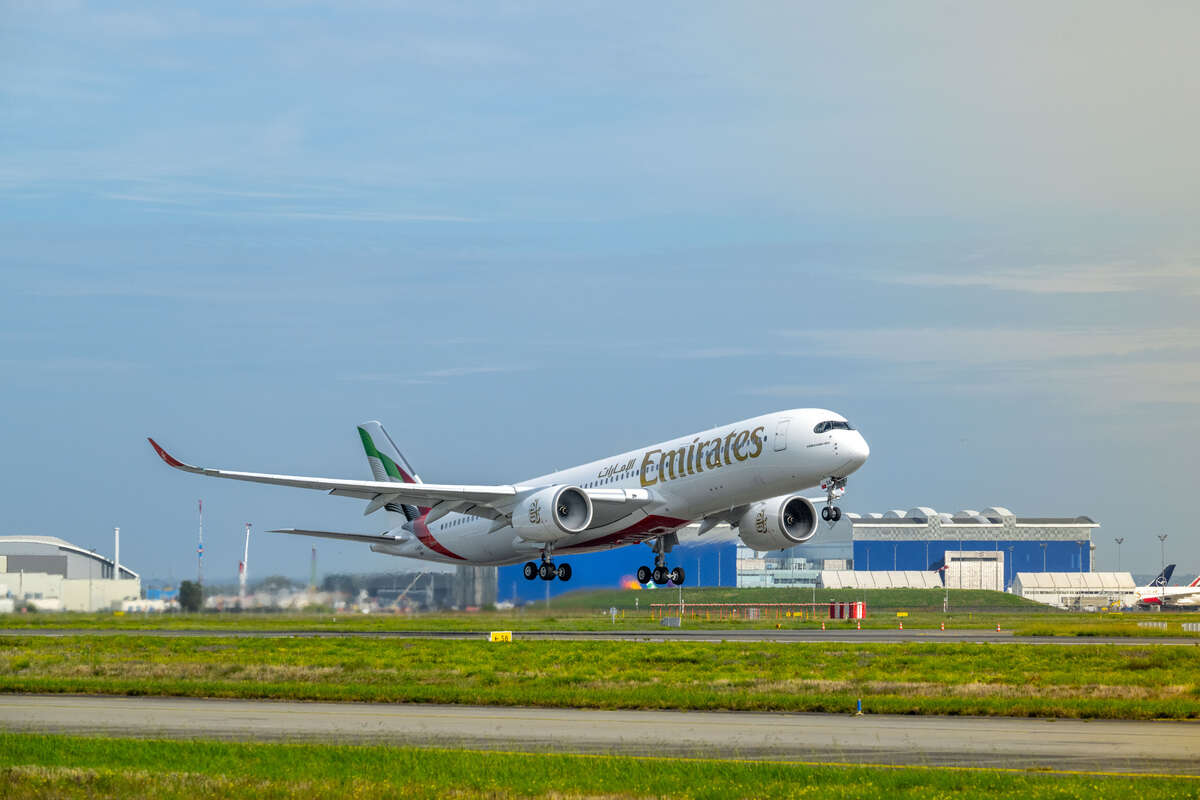
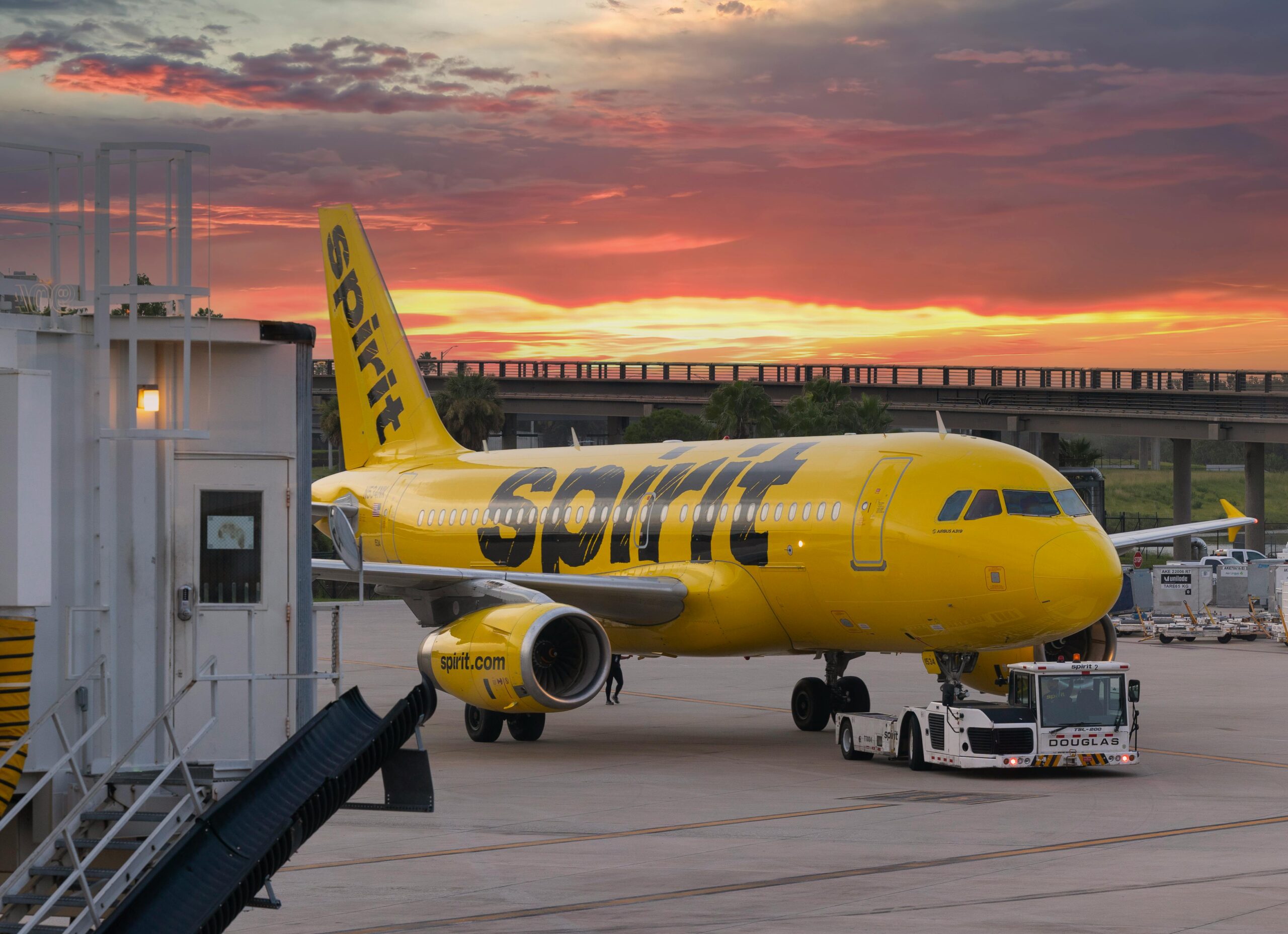

Leave a comment